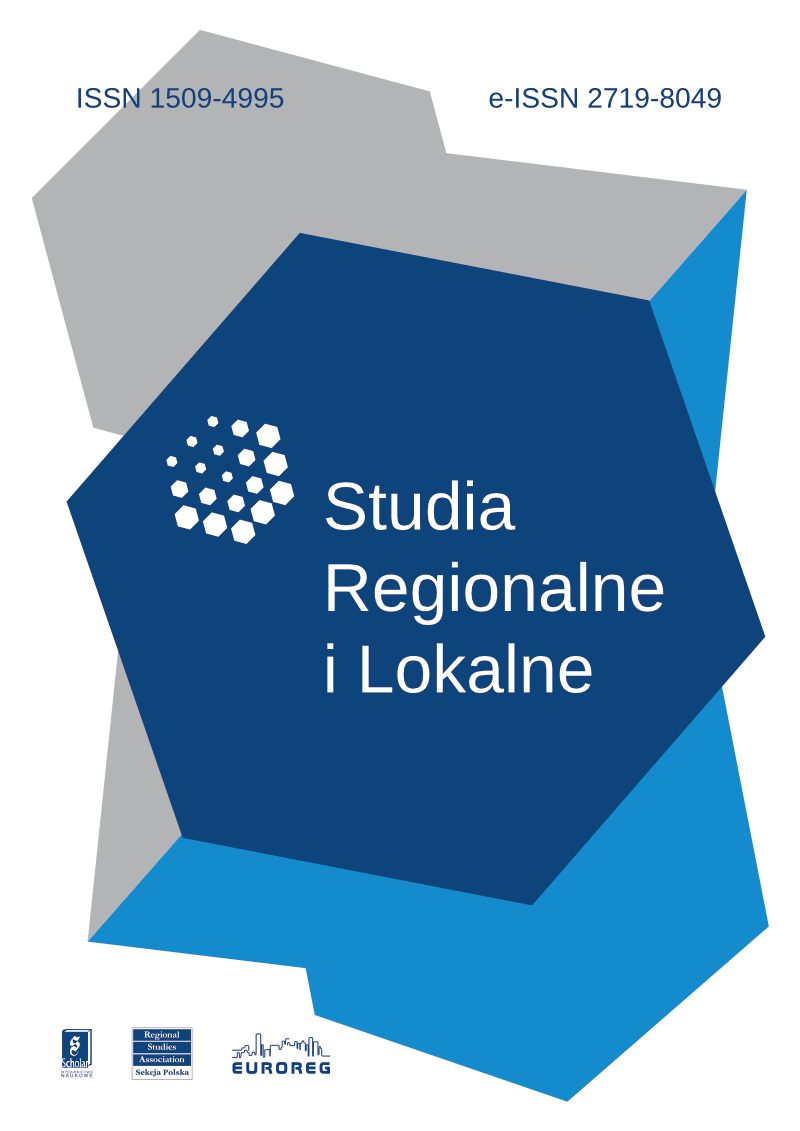Konwergencja wewnątrzregionalna w europejskich makroregionach metropolitalnych
Celem artykułu jest przedstawienie procesów konwergencji wewnątrzregionalnej w różnych typach europejskich makroregionów metropolitalnych w latach 1995–2004. Do wyróżnienia tych typów wykorzystano analizę czynnikową przeprowadzoną metodą składowych głównych oraz analizę skupień metodą Warda. W efekcie możliwe stało się ukazanie specyficznej sytuacji różnych typów makroregionów, w tym między innymi „pęknięcia” regionów stołecznych krajów Europy Środkowo-Wschodniej oraz innych makroregionów peryferyjnych. Największą spójnością wewnętrzną charakteryzowały się natomiast makroregiony nowoczesnego przemysłu położone w północnych Włoszech oraz południowej części Niemiec, a także regiony problemowe pozostające w trakcie restrukturyzacji. Najbardziej zróżnicowaną grupą, która nie tworzyła jednak osobnego typu, okazały się makroregiony stołeczne mniejszych krajów przede wszystkim dawnej UE 15.
Intraregional Convergence in European Metropolitan Macro-regions
The article presents intraregional convergence processes in different types of European metropolitan macro-regions in the years 1995–2004. The typology is based on factor analysis using principal components methods as well as cluster analysis using the Ward method. The results of the analysis indicate the presence of a specific situation in particular types of macro-regions. On the one hand, a clear internal divide of capital city regions of Central and Eastern European Countries was observed, as well as large interregional differences in the level of development in other peripheral macro-regions. On the other hand, Northern Italian and Southern German macro-regions, dependent on modern industry, were internally quite coherent regarding their level of development. The situation was similar also in some regions that experience problems and undergo restructurisation processes. Capital city regions of smaller European countries, especially from the former EU15 (but not constituting any particular type), were the most differentiated group of macro-regions.



